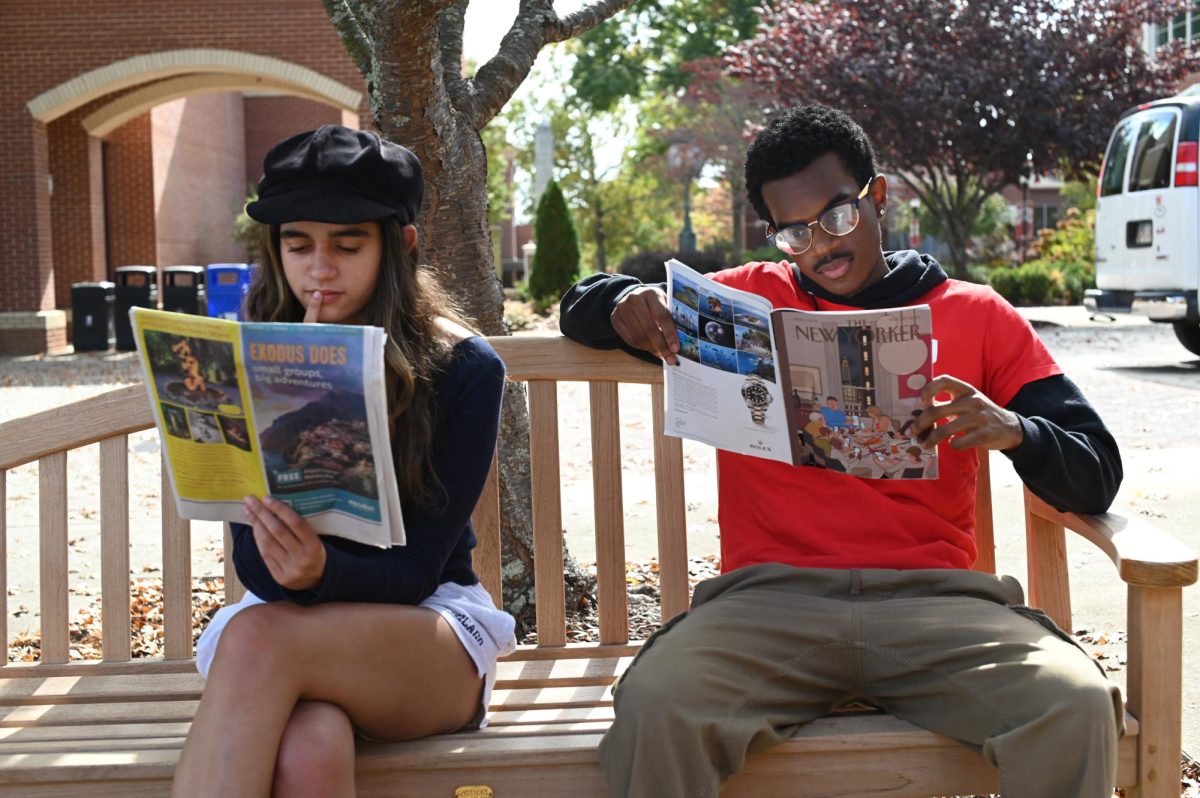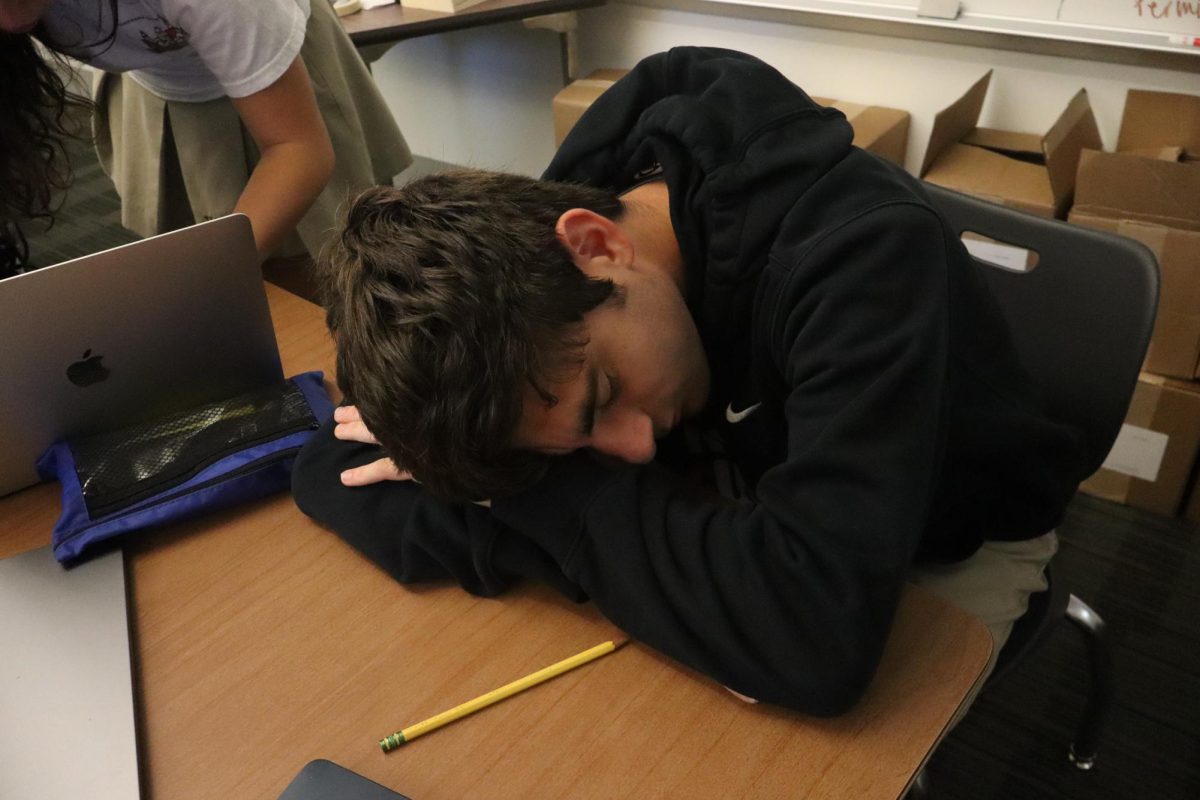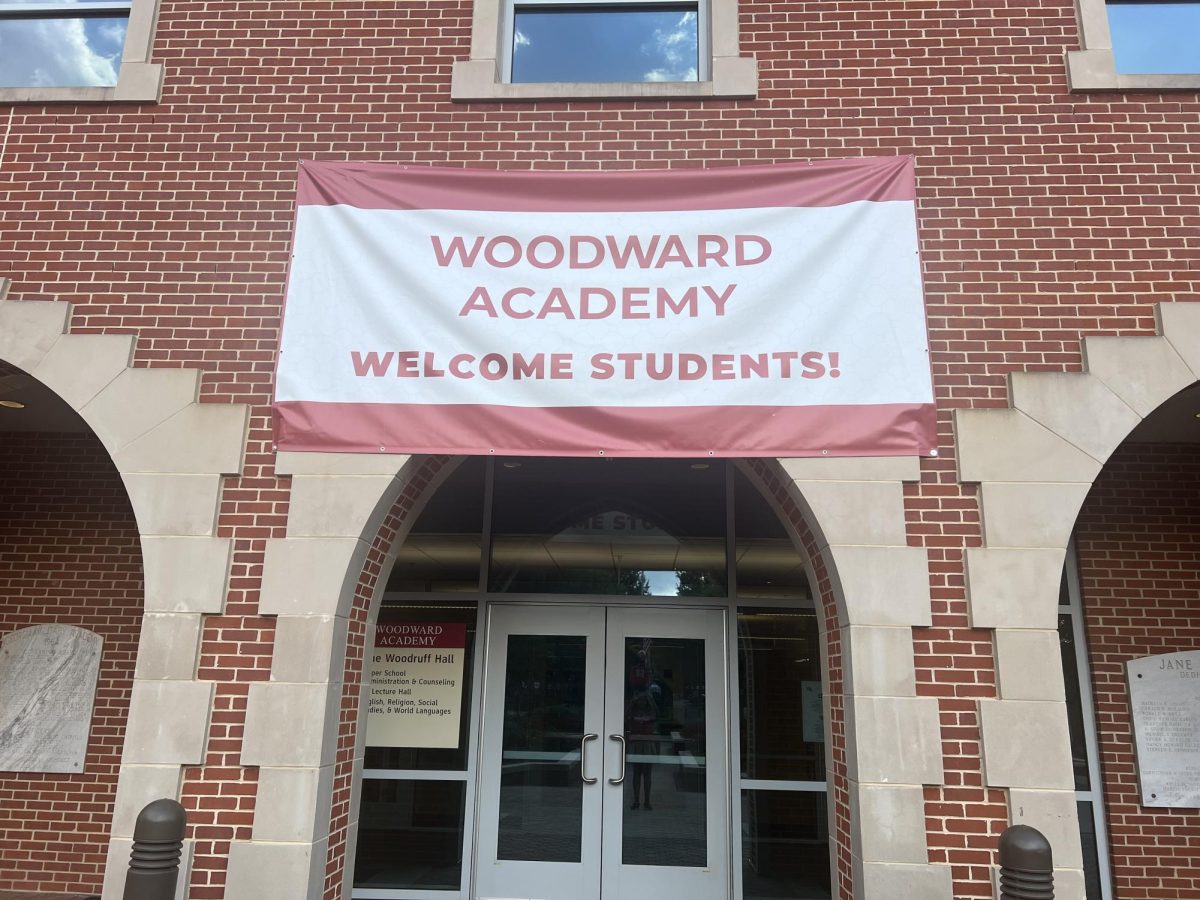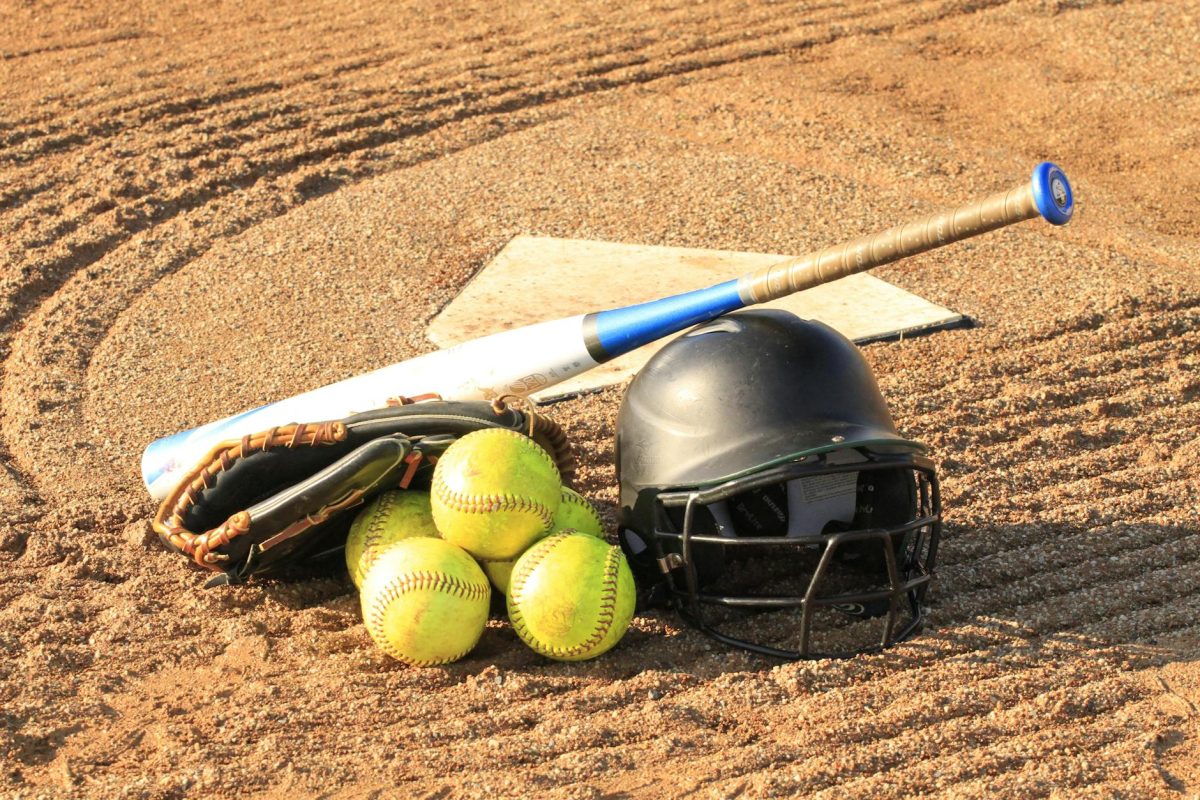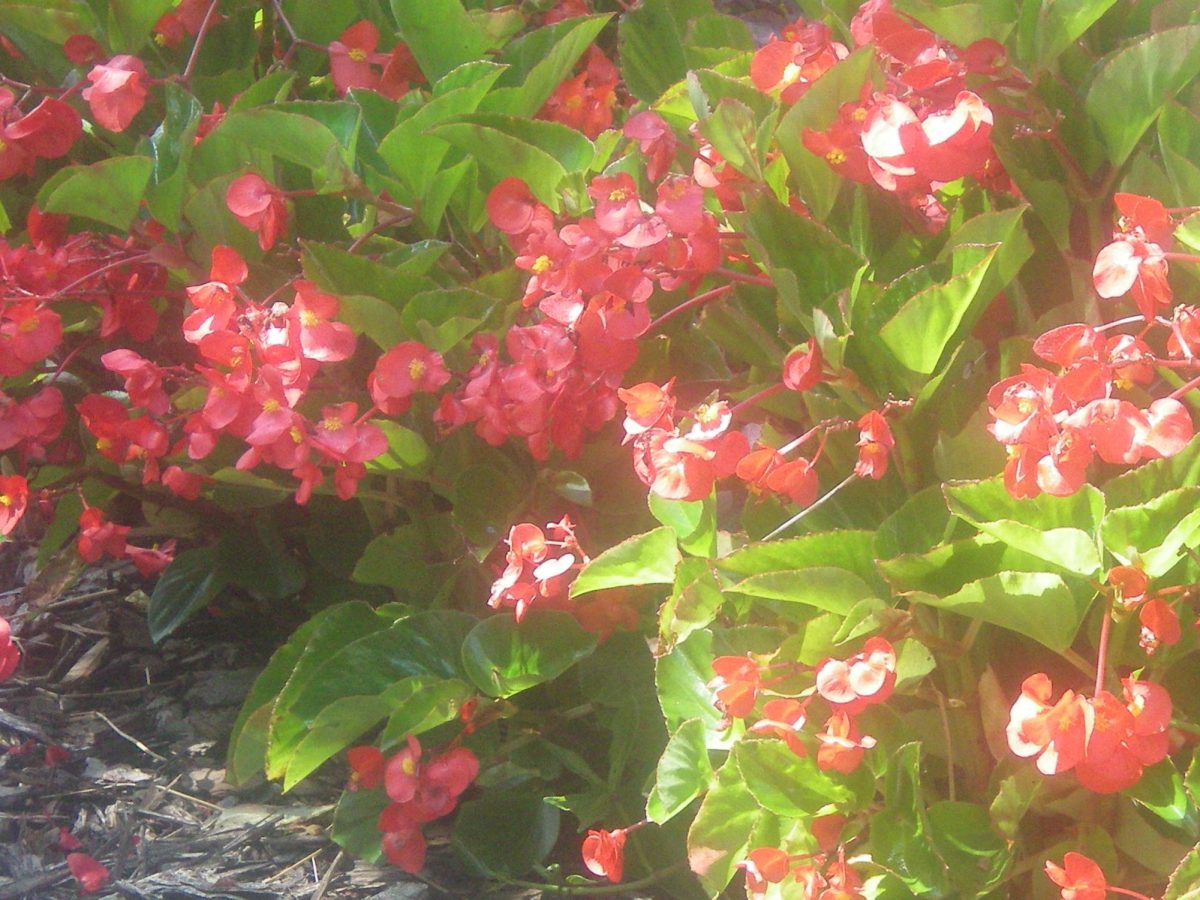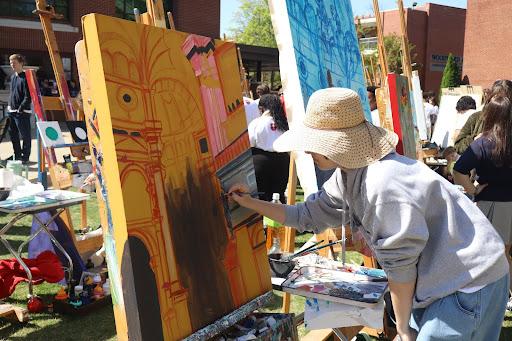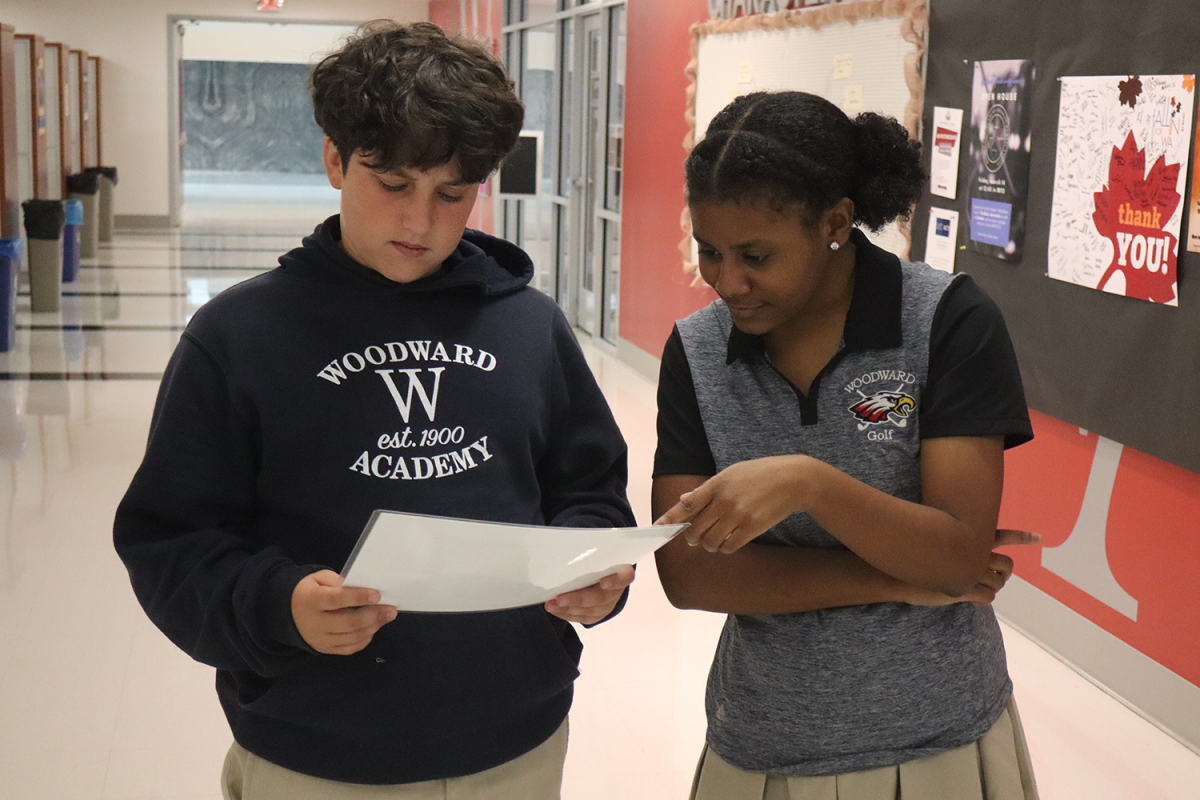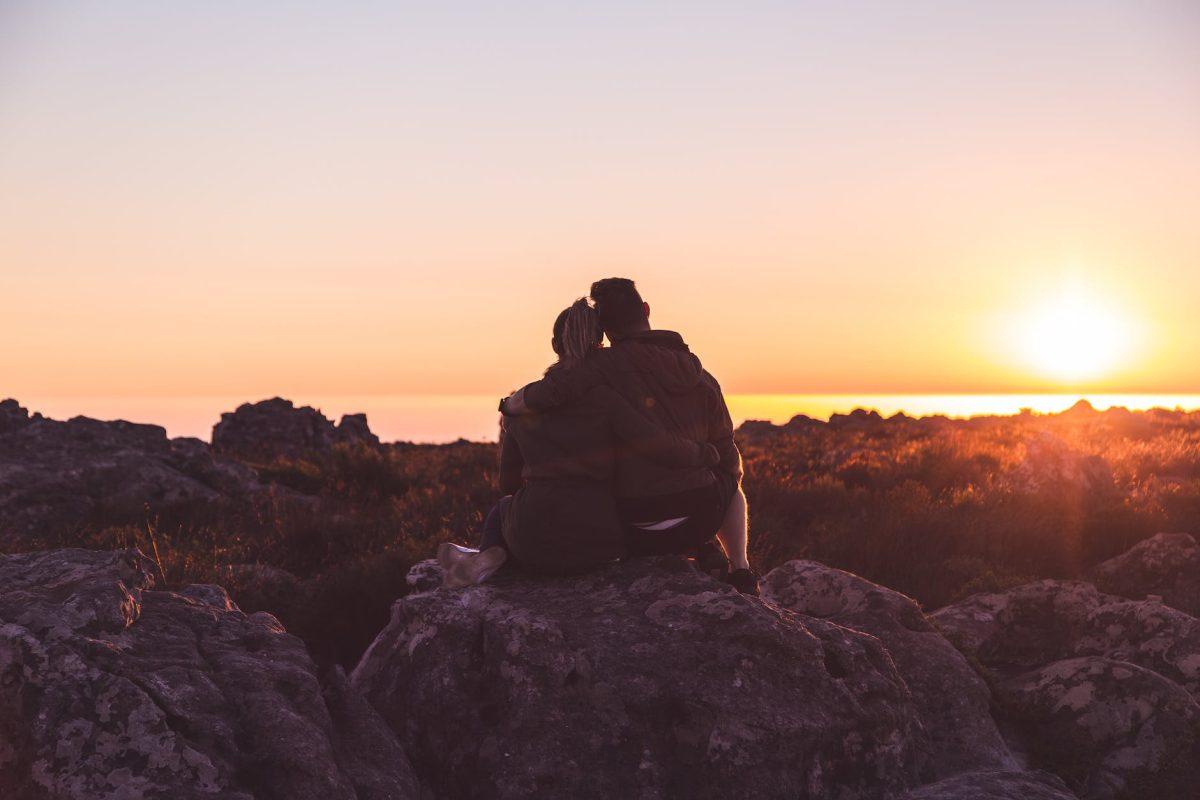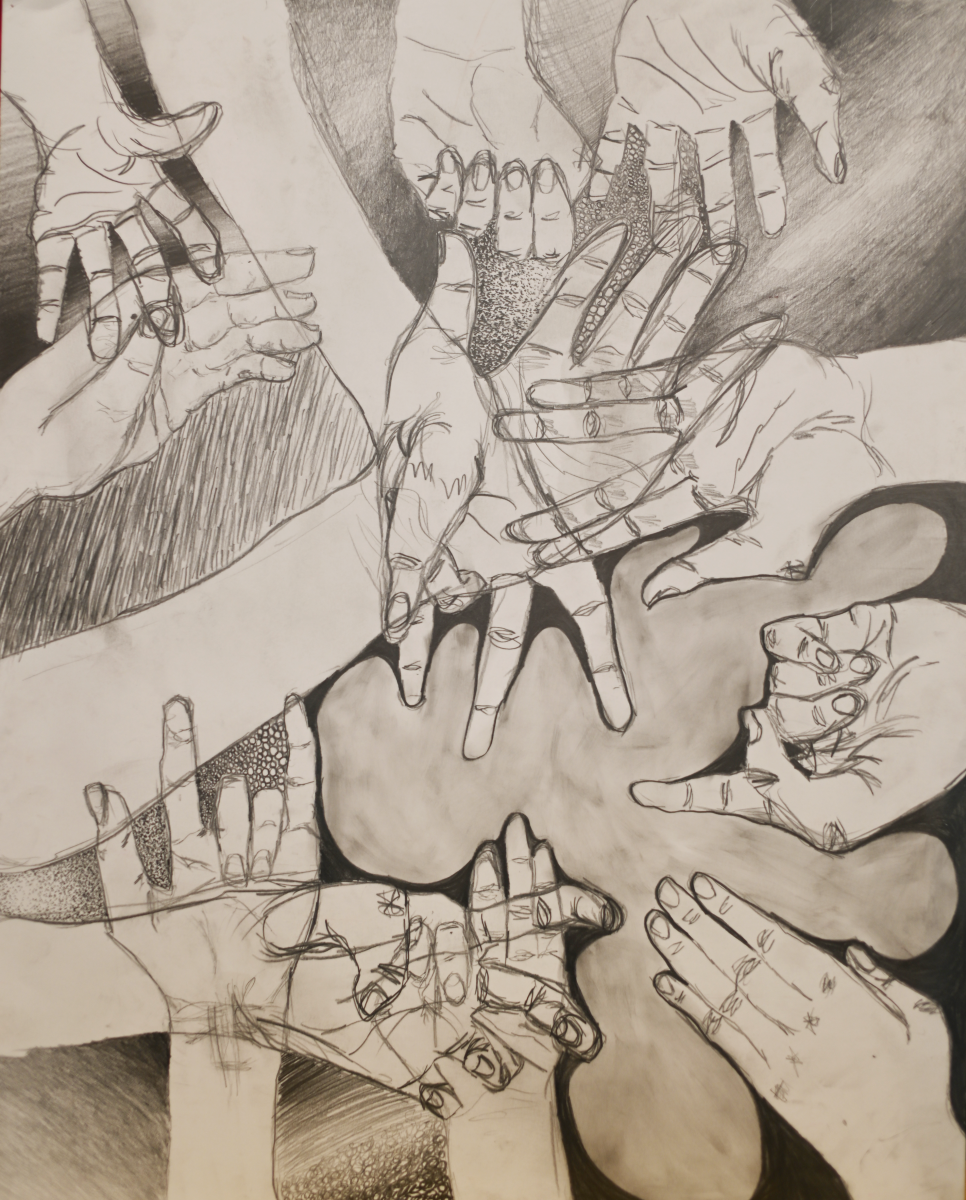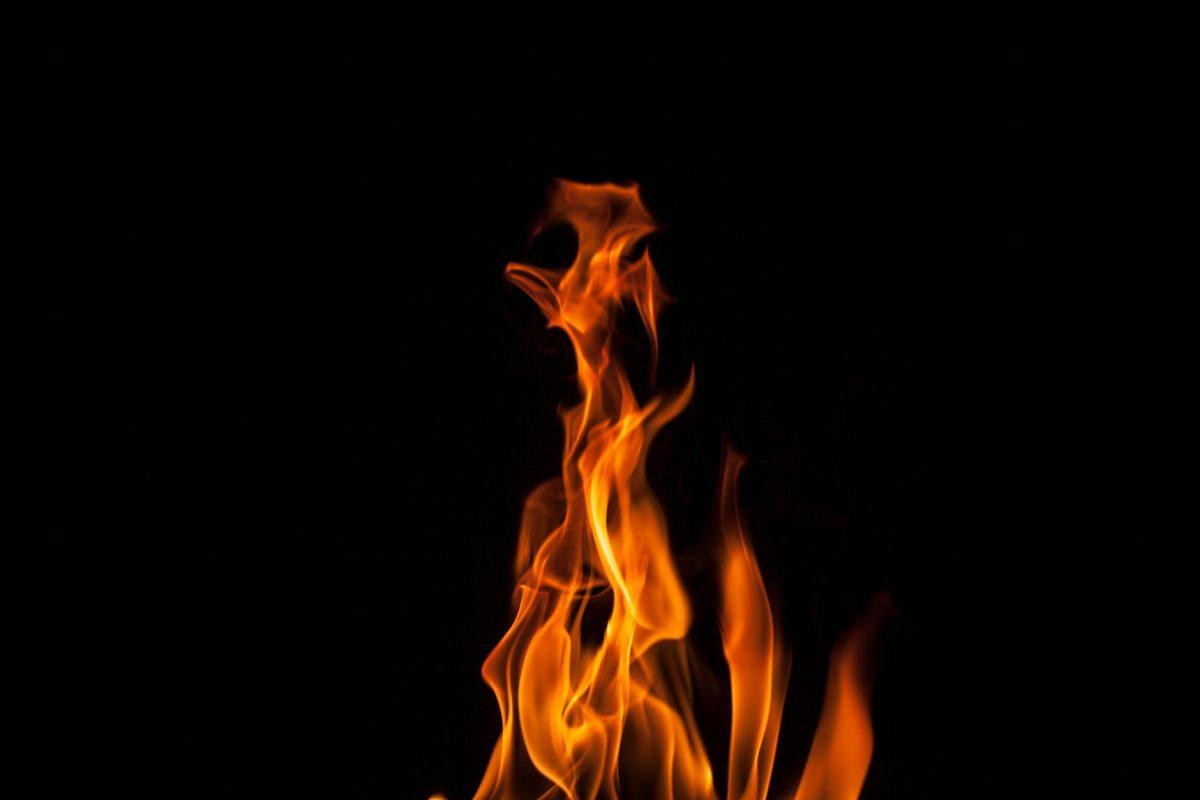By Sabenah Abudu-Abrams

As many people are already aware, five fires have been ravaging Los Angeles: as of the time of writing this (January 16, 1:59 a.m. EST), The Palisades, Eaton, Auto and Little Mountain fires are all continuing their journeys of destruction while the Hurst fire is 100% contained. According to the California Department of Forestry and Fire Protection, there have already been 40,695 acres burned since the fires started last week on the 7th. That devastating number comes paired with the 24 confirmed fatalities and over 12,300 destroyed buildings so far reported.
Not only are structures in Los Angeles being destroyed, but so is people’s health. According to Willy Weather, a weather website which forecasts weather including wind speeds, once again as of the time of writing this, the wind in California is averaging at 11.4 mph which is nothing compared to its prior 100 mph. This extreme wind is carrying all of the smoke and debris resulting from the raging fires far afield into other states. Dr. Maria Mays teaches AP Environmental as well as biology, and she shares some insight about the effects of these fires on areas outside of California.
“Last time we had fires up in Canada and the New York area, the smoke drifted over state lines,” Dr. Mays said. “It was hundreds of miles away. I would not be surprised to see people who have asthma having a hard time breathing in states near California as well.”
Strong coastal winds are taking the immense quantity of smoke billowing from the flames and creating black clouds over areas outside of Los Angeles. This means that, while houses in Nevada might not burn down, residents with asthma might have a hard time. Apollo Netherton ‘26, an APES student, speaks to how these fires are a direct result of climate change and how first responders are struggling to get them under control.
“I think it shows that in the United States, and just kind of all over the world, that we have issues with global warming, and they can’t get them under control because of how bad they are,” Apollo said. “I think it just speaks to how bad our climate is, like how bad climate change is affecting the world.”
Many people have already realized the connection between these fires and climate change. What many people haven’t realized, however, is that extreme weather swings both ways: as Los Angeles is going down in fires, Atlanta has just experienced its first heavy snow since 2018.
“They are burning some trees and putting some more CO2 in the atmosphere, and that can add to the greenhouse effect,” Dr. Mays said. “But in general, that’s probably a more minor impact. The big thing that we might see is more instances like this [of fires] because we’re seeing more severe weather in lots of areas.”
Here in Atlanta, the snow has nearly melted, but continuing evacuation orders in Los Angeles have forced the city’s residents to leave behind their homes. The densely populated neighborhoods and roads don’t help conditions, either.
“Especially in the California area…they always have issues with wildfires, but considering that it’s in such an urban and populated area of California, Los Angeles, lots of people are having to evacuate,” Apollo said.
According to the California Air Resources Board, fires and the damage they cause has been increasing since 1950, but the large size coupled with the fact that there are multiple ongoing fires has led to much distress for residents. According to the New York Times, 82,000 people are under mandatory evacuation while over 90,000 people are under an evacuation warning, though these numbers are still changing every day. There has also been a great struggle to get these fires under control because of the droughts in California and lack of water to battle their unfaltering fires. According to Drought.gov, 35.9% of California is experiencing drought. The low water supply being stretched over years to support residents has led to a strain on the water supply available to firefighters in cases like the Palisades fire.
“[Evacuating is] very challenging and people might not have the financial resources or the knowledge of where to evacuate, how to evacuate, who do I go with, what do I do, and some people can’t stop working,” Apollo said. “They just can’t evacuate… [in] bordering states and bordering cities, we [US citizens] all work as a team to help with this issue [the evacuation].”
Even if we’re on the other side of the country, you can donate and help with relief. Not just on the West coast, but also here in the East, people are experiencing extreme weather like fires, tornados, snow and freezing rain. So, whether it’s helping out in Georgia or across the country, there are many ways to give a helping hand. Help out and hold on tight to your family and friends!

